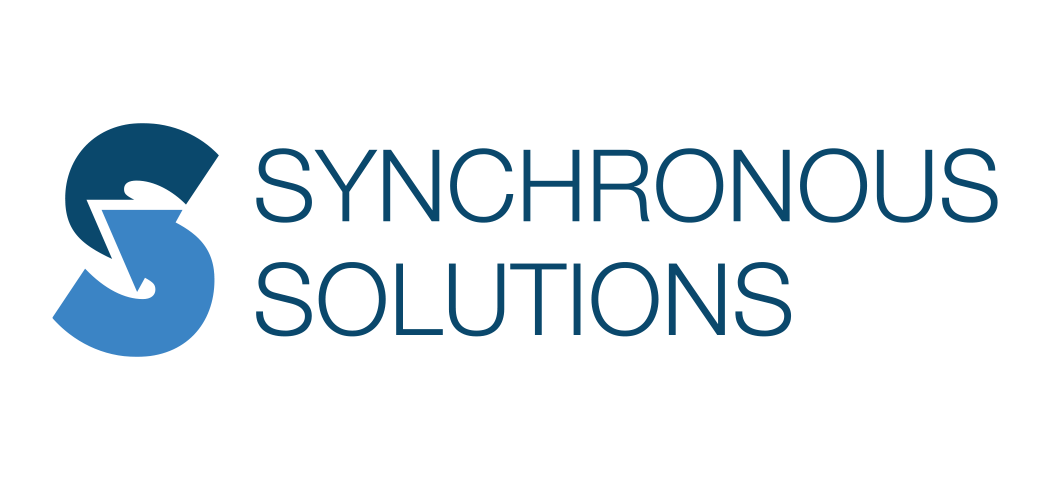
By: Ed Montgomery, Principal, Synchronous Solutions
Requisite Organization and Stratified Systems Theory (SST) are closely related but not exactly the same—they are deeply connected, with one being a practical application of the other.
Here’s the difference:
- Stratified Systems Theory (SST) is the underlying theory, developed by Elliott Jaques. It describes how human capability, time-span of discretion, and work complexity align within naturally occurring hierarchical systems. SST is essentially a scientific model of how organizations and human work levels function.
- Requisite Organization (RO) is the practical application of SST. It’s the framework Jaques created to help organizations apply the theory to real-world problems—like role design, talent management, accountability structures, and leadership development. “Requisite” means “required” or “necessary”—so a “requisite organization” is one designed according to what SST says is required for optimal performance.
In short:
- SST = the theory
- RO = the method/system to apply the theory
Systems Leadership Theory, as defined by Ian Macdonald in his book Systems Leadership: Creating Positive Organizations, builds upon Stratified Systems Theory (SST) and focuses on how leadership, structure, and culture interact to shape organizational performance. SST expands on the concepts of SST and RO to improve communication, accountability, and leadership systems to enable a positive culture.
Roles and Accountabilities: A term used by many that is essentially interchangeable with Systems leadership theory.
All of the above theories and tools can be rolled up under one school of thought that is called Sociotechnical Systems Design (STS)
Sociotechnical Systems Design (STS) is an approach to organizational development that emphasizes the joint optimization of both the social(people, relationships, culture) and technical (tools, processes, systems) elements of work.
Origin:
STS was developed in the 1950s by researchers at the Tavistock Institute in London, particularly Eric Trist and Fred Emery, while studying British coal mining operations. They observed that changes in technology often failed unless the social systems—how people were organized and managed—were also adapted. This led to the core insight that effective organizations must consider both the social and technical dimensions together.
Key Principles:
- Joint Optimization: Systems perform best when both social and technical components are designed to support each other, rather than one dominating the other.
- Work Group Autonomy: Teams should have the responsibility and freedom to manage their own work as much as possible.
- Whole Systems Thinking: Focus on the system as a whole, rather than optimizing individual parts in isolation.
- User-Centered Design: Work systems should be designed around the needs, capabilities, and development of the people doing the work.
Why It Matters:
Sociotechnical Systems Design is foundational to modern ideas of team-based work, agile organizations, human-centered design, and lean systems. It’s especially relevant in environments undergoing digital transformation, where both people and technology need to adapt together.
So, in a nutshell: STS helps organizations design work systems that work with people, not around them.


